

Josh Nevett
CarExpert's top five large SUV reviews of 2025
2 Days Ago
The new for '22 Outlander plug-in hybrid has gone on sale in NZ, giving us a guide around what to expect when Australians can buy it from Q2.

Senior Contributor
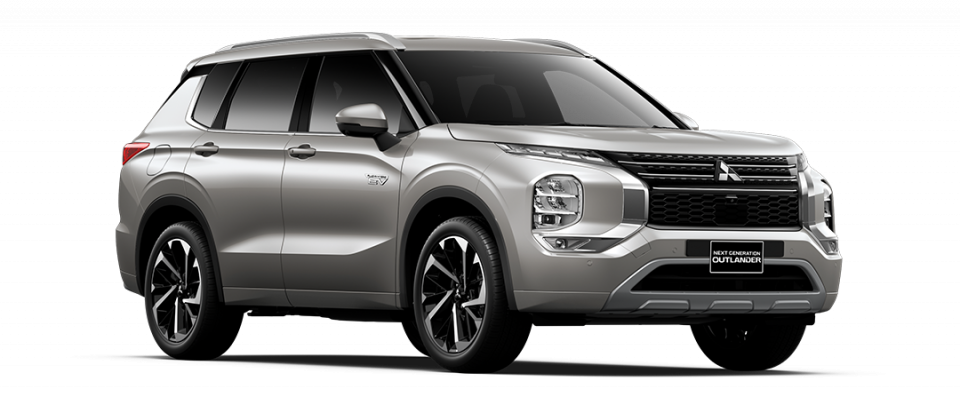

Senior Contributor
The new Mitsubishi Outlander Plug-in Hybrid (PHEV) has gone on sale over the ditch in New Zealand, giving us a guide on what to expect when it hits Australia in the second quarter.
Drive-away pricing on the NZ site shows the PHEV commands a mark-up of 30 to 35 per cent over the equivalent all-wheel drive (AWD) petrol model across three spec grades.
Using Australian-market drive-away pricing as a guide, and applying the same premium, you end up with a PHEV range starting a tick over $50,000 for the fleet-focused Outlander ES five-seater, to a sum nudging $70,000 for the Exceed or Exceed Tourer PHEV seven-seater flagships.
Having checked in with our Mitsubishi sources, this structure is about what you should expect. We also expect several specification variants to be offered, although it is unclear if there will be a PHEV version of all the petrol spec grades: ES, LS, Aspire, Exceed, and Exceed Tourer.
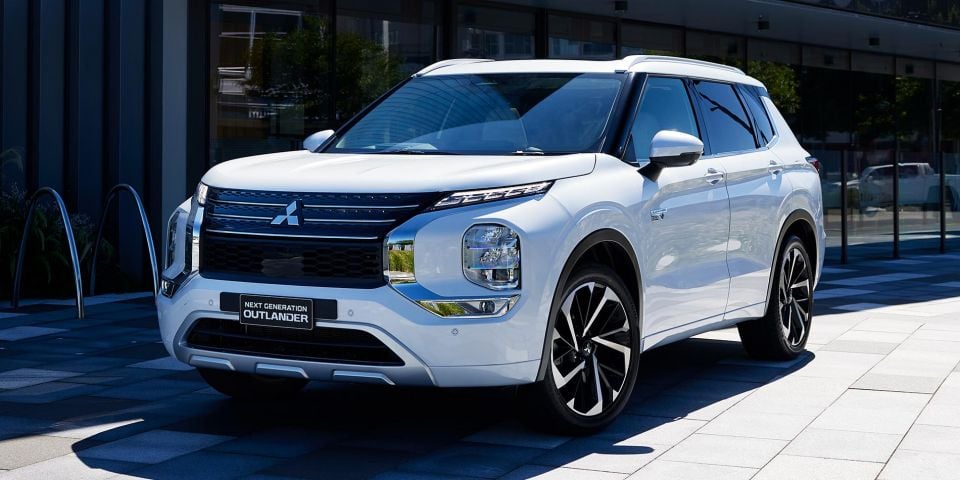
In NZ, the Outlander PHEV is eligible for a $5750 rebate. In Australia there’s no such generous policy in place, and indeed in Victoria it’ll attract the controversial road-user tax of 2c per kilometre driven, designed to counter lost fuel excise.
Mechanically, Mitsubishi is advertising an impressive 84km of all-electric range for the new Outlander PHEV (up 54 per cent), although in our experience this ADR 81/02 test is usually about 20 per cent too optimistic for real-world driving – better reflected in WLTP figures.
Combined-cycle fuel consumption is listed at 1.6L/100km, though as always this figure is only relevant if you leave with a full charge and don’t exceed 100km. When depleted, the PHEV system reverts to something like a normal hybrid, just heavier.
Mechanically the new Outlander PHEV runs a 98kW and 195Nm 2.4-litre petrol engine and two electric drive motors making 85kW and 255Nm (front axle) and 100kW and 195Nm (rear axle), drawing charge from a fairly capacious 20kWh and 350V lithium-ion battery pack.

By contrast, the outgoing PHEV used a 94kW/199Nm 2.4-litre four-cylinder, a 60kW/137Nm electric motor for the front wheels, and a 70kW/195Nm electric motor on the rear axle.
The use of two motors gives electric AWD using Mitsubishi’s clever S-AWC system with active yaw control. There also appears to be a model-specific Power driving mode selectable via the transmission tunnel’s rotary dial.
The AC charging socket is Type 2, while DC charging appears to be accessible via CHADeMO rather than CCS. The petrol engine runs on 91 RON stored in a 56L tank. Mitsubishi lists kerb weights of 2015kg to 2110kg, a tick under 400kg more than the equivalent AWD petrol.
The Outlander PHEV battery is covered by an eight-year/160,000km warranty.
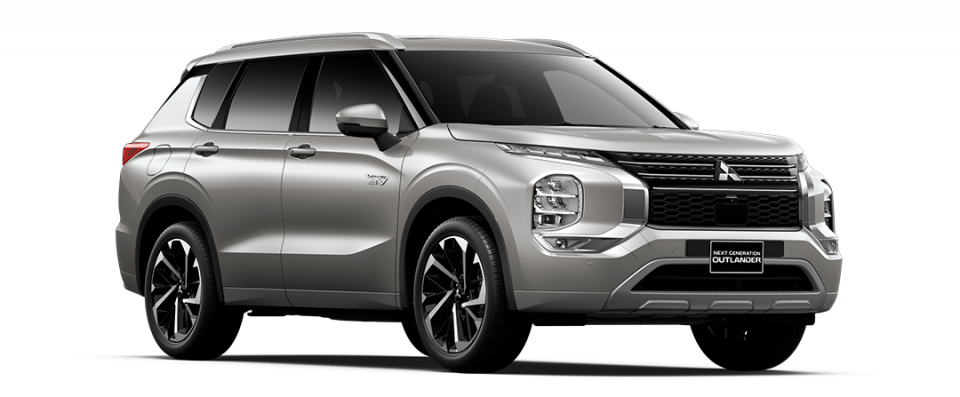
Top of the range variants come with two 1500W power outlets to run various appliances – a feature we’re also expecting to see in the smaller Eclipse Cross PHEV from this year.
While the first Outlander kicked off the PHEV scene in Australia, it will have more competition this time around – not that plug-in hybrid sales are yet anything to write home about.
Rivals will include the MG HS Plus EV, Ford Escape PHEV, Lexus NX450h+, Volvo XC40/XC60 Recharge, Kia Sorento PHEV, and Peugeot 3008 GT Sport PHEV. Mazda will join the fold soon with the CX-60 PHEV.
The big issue will come down to supply, which remains an ever-moving feast both here and worldwide.
MORE: Mitsubishi’s problem? Australians don’t know what plug-in hybrids are MORE: PHEVs a vital stepping stone to electric vehicle uptake, says Mitsubishi MORE: MG sees mainstream growth potential in HS plug-in hybrid MORE: Mercedes-Benz defends PHEVs as more than a ‘compliance trick’
Where expert car reviews meet expert car buying – CarExpert gives you trusted advice, personalised service and real savings on your next new car.


Josh Nevett
2 Days Ago


Josh Nevett
4 Days Ago
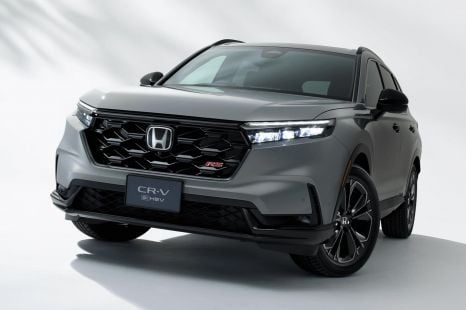

James Wong
6 Days Ago


Derek Fung
6 Days Ago


CarExpert.com.au
9 Days Ago
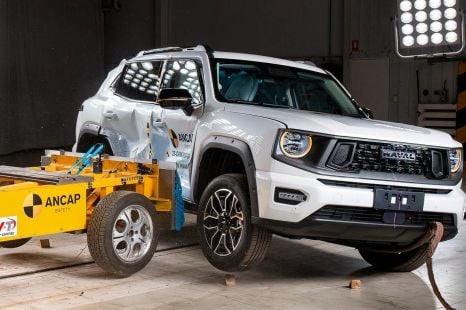

James Wong
9 Days Ago